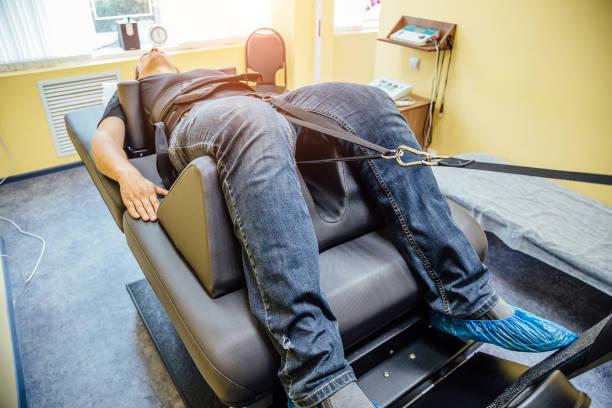Managing Pain and Restoring Function with Herniated Disc Treatment Physical Therapy

A herniated disc can turn simple tasks—like tying shoes or walking up stairs—into painful challenges. While medications and rest may offer short-term relief, long-term recovery depends on treating the root cause. That’s why herniated disc treatment physical therapy is such a vital tool in both healing and prevention.
Understanding Disc Herniation
Spinal discs serve as shock absorbers between vertebrae. When one becomes damaged and the inner material bulges out, it can compress spinal nerves. Common symptoms include:
-
Radiating leg or arm pain
-
Weakness or numbness
-
Difficulty sitting or standing for long periods
-
Decreased mobility
Herniated discs may result from lifting injuries, poor posture, or age-related wear and tear.
Why Physical Therapy Works
Physical therapy focuses on restoring movement and strength while easing pressure on the spine. Unlike passive treatments, it actively engages patients in recovery, leading to better long-term outcomes.
Key goals include:
-
Pain reduction
-
Improved flexibility and strength
-
Correction of postural imbalances
-
Prevention of recurrence
Key Techniques in Physical Therapy
Pain Control and Muscle Relaxation
Early sessions may include modalities to reduce acute discomfort. These include:
-
Ice and heat applications
-
Electrical nerve stimulation
-
Traction (to reduce disc compression)
-
Manual massage therapy
These techniques prepare the body for movement and speed up the healing process.
Mobility Exercises
Tight muscles often limit motion and add stress to the spine. Gentle mobility exercises help loosen the hips, hamstrings, and lower back. For cervical issues, neck stretches and chin tucks are commonly used.
Strength Building
A strong spine is a stable spine. Therapy programs target:
-
Core abdominal muscles
-
Lumbar support muscles
-
Glutes and hips
-
Upper back and shoulders
Strengthening these areas helps distribute weight more evenly and lowers disc stress.
Ergonomic and Postural Training
Bad habits like slouching or lifting incorrectly often contribute to disc injuries. Therapists educate patients on maintaining a neutral spine during everyday activities. This includes desk setup, walking posture, and safe lifting techniques.
Progress Monitoring
As therapy continues, patients are re-evaluated and programs adjusted. Recovery isn’t linear, so close monitoring helps ensure steady, safe progress.
Benefits Over Surgery
-
Lower cost and risk
-
No recovery downtime
-
Long-term strength and mobility improvements
-
Personalized to each patient’s condition and goals
Knowing When to Seek More Help
If a patient doesn’t improve after several weeks, or symptoms like severe numbness or muscle weakness develop, surgical consultation may be necessary. However, many people avoid surgery altogether with consistent physical therapy.
Conclusion
Herniated disc treatment physical therapy offers more than symptom relief—it provides a pathway to lasting recovery and spinal resilience. Through pain management, stretching, strengthening, and education, patients can take control of their condition and regain comfort and function. For those seeking a non-surgical solution, physical therapy is often the most effective and sustainable choice.
- Art
- Causes
- Crafts
- Dance
- Drinks
- Film
- Fitness
- Food
- Jogos
- Gardening
- Health
- Início
- Literature
- Music
- Networking
- Outro
- Party
- Religion
- Shopping
- Sports
- Theater
- Wellness



